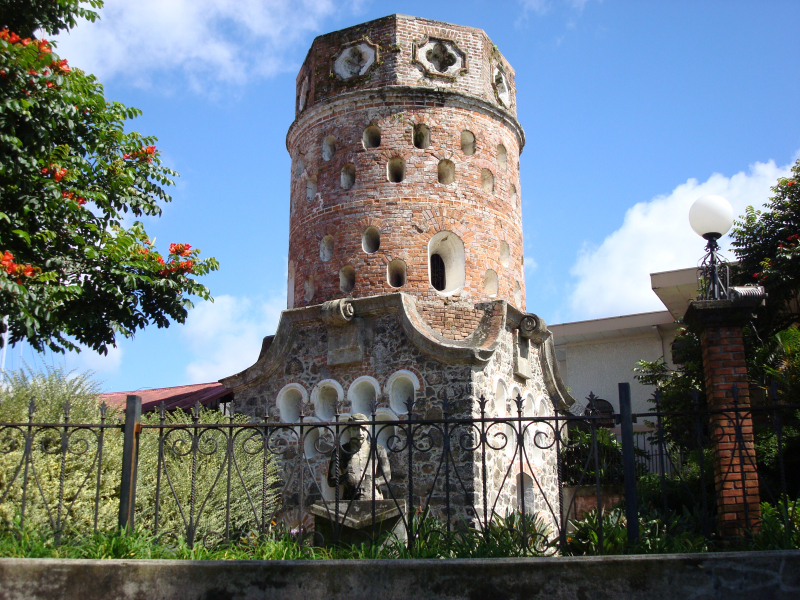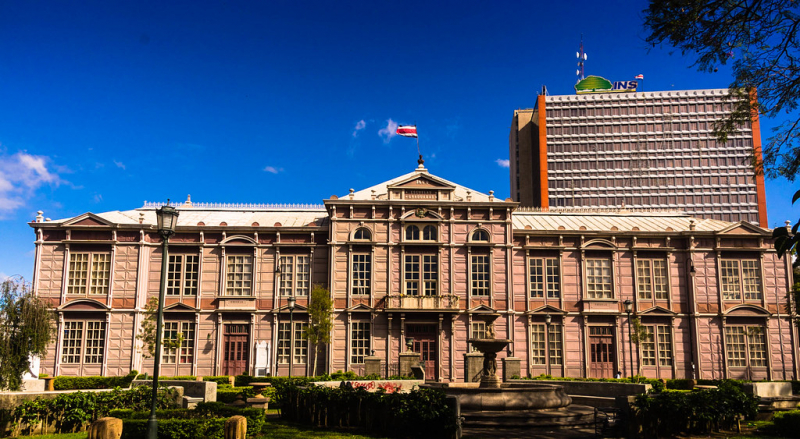History
Back in the 16th century, when the Spanish explorers arrived in what today is called Costa Rica, all they found was a region scarcely populated by several poorly organized tribes. When Columbus arrived, he named the area Costa Rica ("Rich Coast"). The natives he encountered were friendly and wore lots of gold. The first colonial settlement in Costa Rica was Cartago, established in the late 16th century. It was situated in the central highlands because of its rich and fertile soil, and not along the coast as with many other colonial settlements.
In 1723, the Irazu Volcano erupted and destroyed much of the original Cartag.o settlement, but fortunately, the survivors were able to rebuild the town from what was left by that natural disaster. In 1808, Costa Rica became wealthy with coffee production. This new industry allowed for massive economic, cultural, and geographic expansion, leading to greater national pride and ultimately a successful bid for independence from Spain in 1821.
In an interesting turn of events in 1856, American William Walker threatened the country's newfound independence and tried to form a confederacy of South American states, hoping to unite the five Central American countries as one federated state with himself as leader. He arrived in Costa Rica with an army of Nicaraguan slaves, but Costa Rica's president, Juan Rafael Mora, was able to quickly organize an army of less than 10,000 to fight off the pretentious US military officer. Even today, this victory of a peasant army is still celebrated, and the battlefield - La Casona, in Santa Rosa National Park - is now a museum.
Today Costa Rica takes great pride in the fact that it is one of the richest Latin American countries and it displays this by establishing great protection for their natural environment and welcoming people from all over the world to take part in its pride.












